Why Cutting Corners in Landscape Installation Leads to Bigger Problems Later
After more than 20 years in the industry, we’ve found that the most complex and costly landscape installation projects often aren’t new builds, they’re repairs of poorly executed ones
There’s a difference between price and value in landscaping.
Clients often call us a few month or even a year after completing a job
“Can you come take a look? The patio’s shifting, and the garden never really took off. We hired someone last spring because the price seemed great. Unfortunately, now we’re not so sure
Low-cost quotes may feel like a win at first, but the long-term reality often includes plant failure, drainage issues, structural collapse, and weed infestations, especially in Vancouver’s challenging climate and soil conditions.
1. Undersized Plants and Poor Landscape Installation = Failing Gardens
A client recently asked for a lush cedar hedge to create privacy. However, their original installer planted 3-gallon cedars spaced two feet apart. By the following year, most had died, and the bed was overrun with weeds
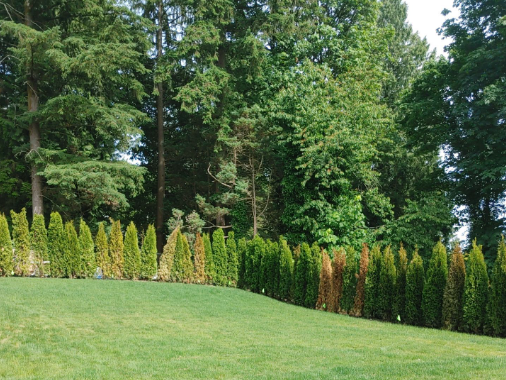
What went wrong:
- Plants were too small for the spacing, and poor weak specimens with little to no rootball
- Soil was sandy and quick draining, allowing water to quickly dry up. No soil amendment had been added
- No mulch or watering plan to help the hedge establish
- No horticultural oversight or skilled planting team
Why the quote was lower:
While smaller plants, skipping soil prep, and using underqualified staff may lower upfront costs, the trade-off is a short-term win at best

2. Hardscape Failures, Especially After the First Winter
Hardscape issues are some of the most expensive and frustrating problems we see.
One client hired us after their brand-new patio began sloping toward the foundation. After the first Vancouver winter, water was pooling by the house.
What went wrong:
- No proper base: A thin layer of sand, no compaction.
- No edge restraints to hold pavers in place
- No drainage planning to redirect runoff
Why it looked cheaper:
While proper hardscape installation requires significant base prep, compaction, and drainage layers, cutting corners might save time and materials, yet the failure is inevitable.
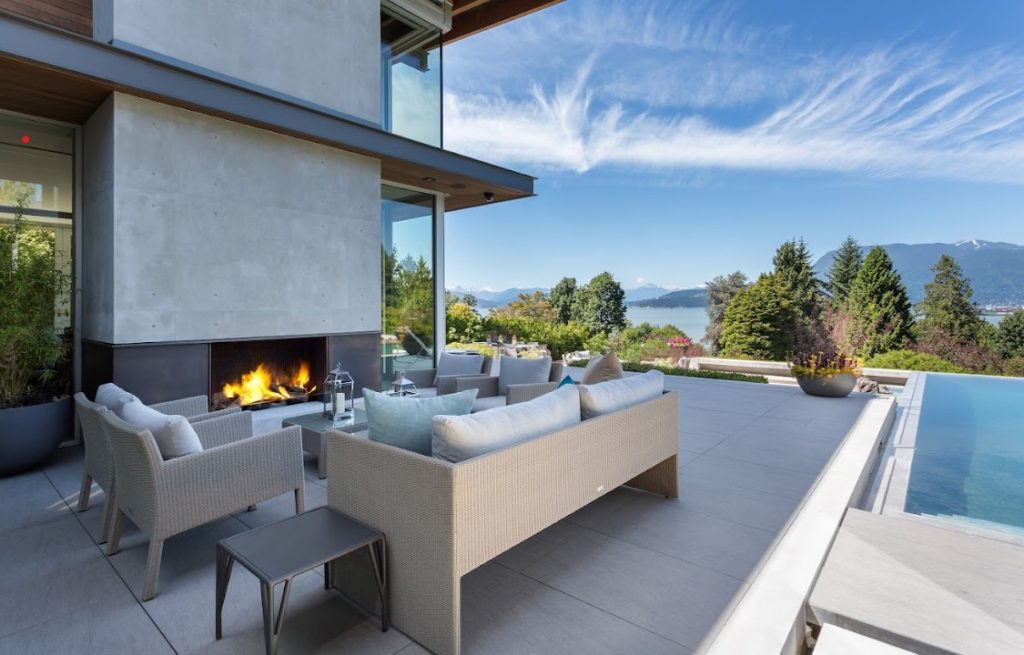
The long-term cost:
The entire patio had to be removed and rebuilt. Between removal, disposal, and proper reinstallation, the homeowners paid almost three times the original cost.
3. Poor Soil – The Root of Failing Gardens
One of the most common reasons newly planted gardens fail lies beneath the surface. Even with well-chosen, high-quality plants, a beautifully designed bed can quickly become a maintenance nightmare if the soil isn’t properly prepared to support healthy growth.
What went wrong:
- The installer used bulk “landscape soil” sourced from a municipal composting facility full of plastic, food waste, and weed seeds.
- No soil testing was done to assess pH, drainage, or nutrient levels
- The existing subsoil wasn’t amended or graded for water flow
Why it seemed cost-effective:
Although municipal compost is affordable and widely available, neglecting testing, amending, and proper drainage grading often results in plant failure
The real cost:
Within just one season, what was intended to be a thriving, low-maintenance garden had to be entirely removed and rebuilt – starting with stripping out the contaminated topsoil.
Vancouver Tip: Many local bulk soil suppliers include horsetail, bindweed, or creeping buttercup – aggressive weeds that spread quickly and become nearly impossible to remove once they take hold. These contaminants create ideal conditions for invasive material to thrive, often leading to a costly restoration project
4. How to Compare Landscape Quotes the Smart Way
Different companies offer very different landscape quotes. A higher price often reflects better materials, more experienced staff, and long-term planning.
If you’re comparing landscape bids, here’s what often sets a reputable, higher-cost contractor apart:
- Premium plants appropriate to microclimates
- Soil testing and amendment
- Correct plant spacing, staking, and mulching
- Proper base and drainage for hard surfaces
- Grading to protect your home and garden
- Warranties, insurance, and experienced crews
Instead of asking “Why is this more expensive?” try asking:
“What is the cheaper quote leaving out?”
Final Thought: Do It Right or Do It Twice
In fact, landscaping isn’t just decoration – it’s infrastructure. When done right, a well-designed and properly built landscape increases home value, reduces maintenance headaches, and performs better year-round, especially in our wet West Coast winters and dry summer heatwaves.
The real savings come from doing it right the first time.
Want to Make a Smarter Landscape Investment?
Here are a few resources to help you plan confidently:
- How Mulching Saves Time & Money in Your Garden
- How to Protect Your Landscape from Vancouver’s Summer Heat
- When is the Best Time to Start a Landscape Renovation Project and How Long Will It Take?
- Why Steel Edging Is the Best Choice for Defining Borders Pathways and Gardens?
Want to plan your next project right? Contact us today
Have a project in mind?

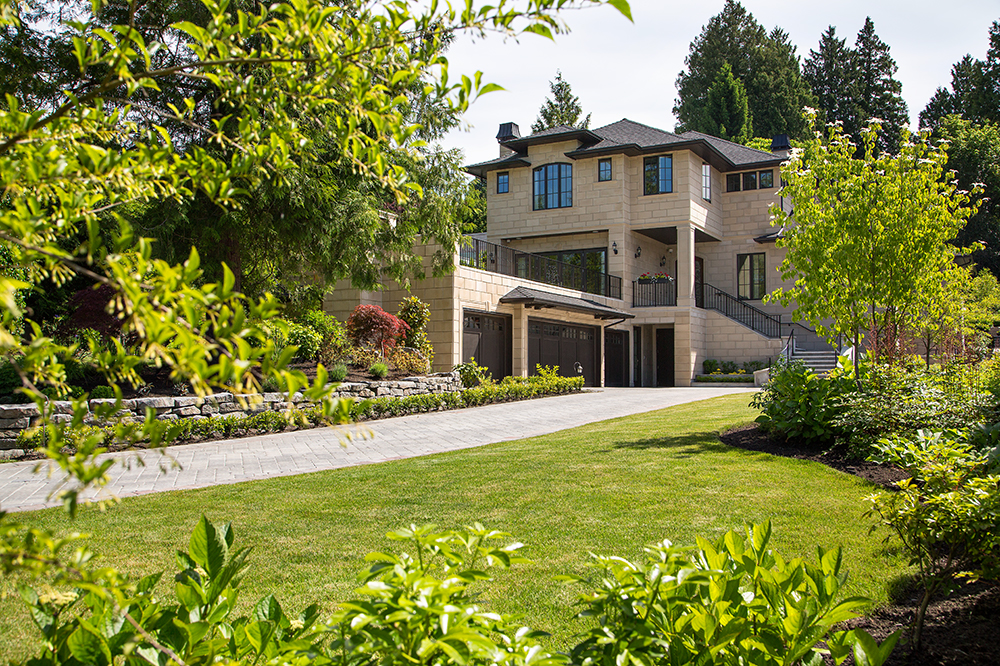
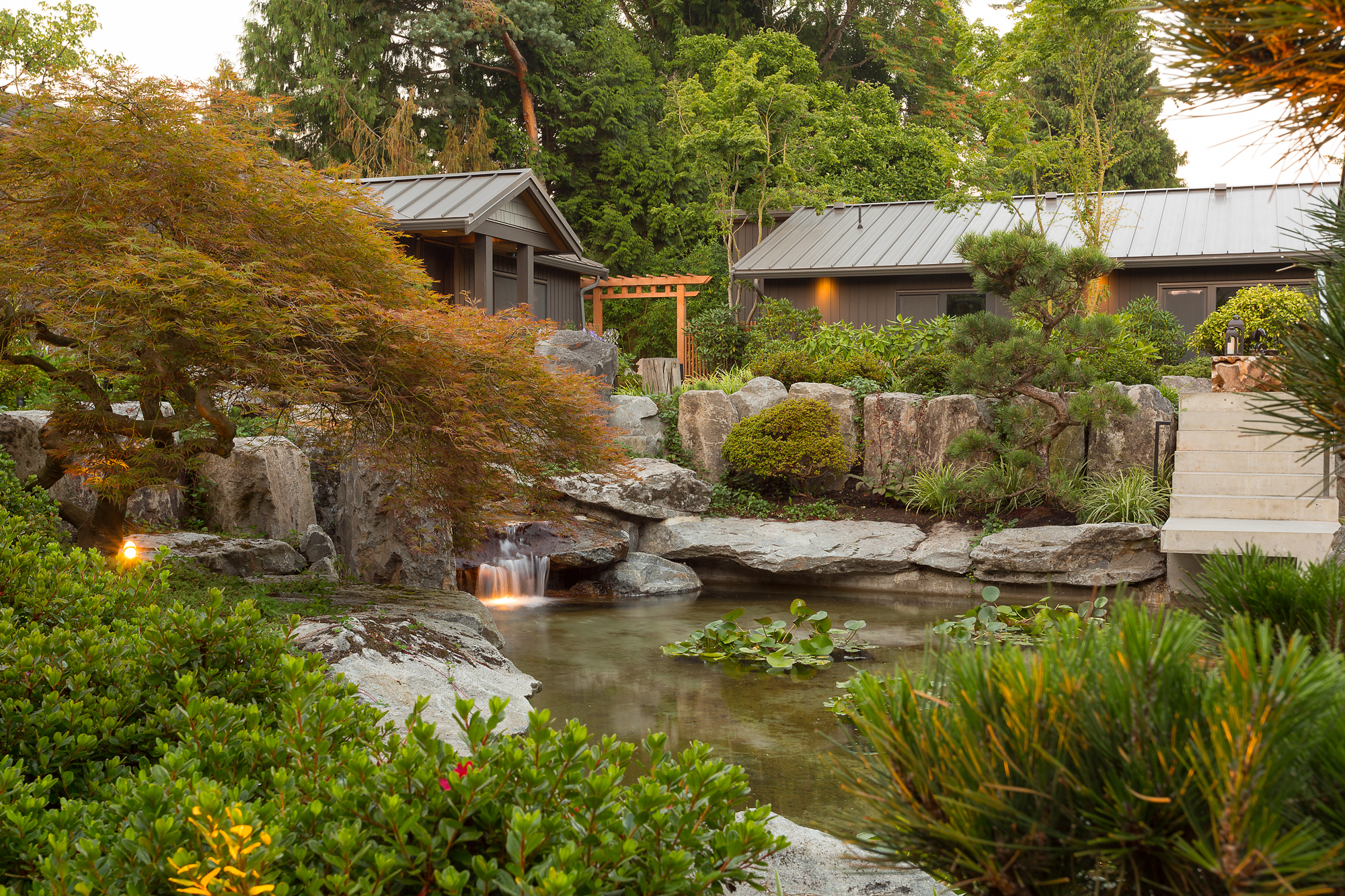
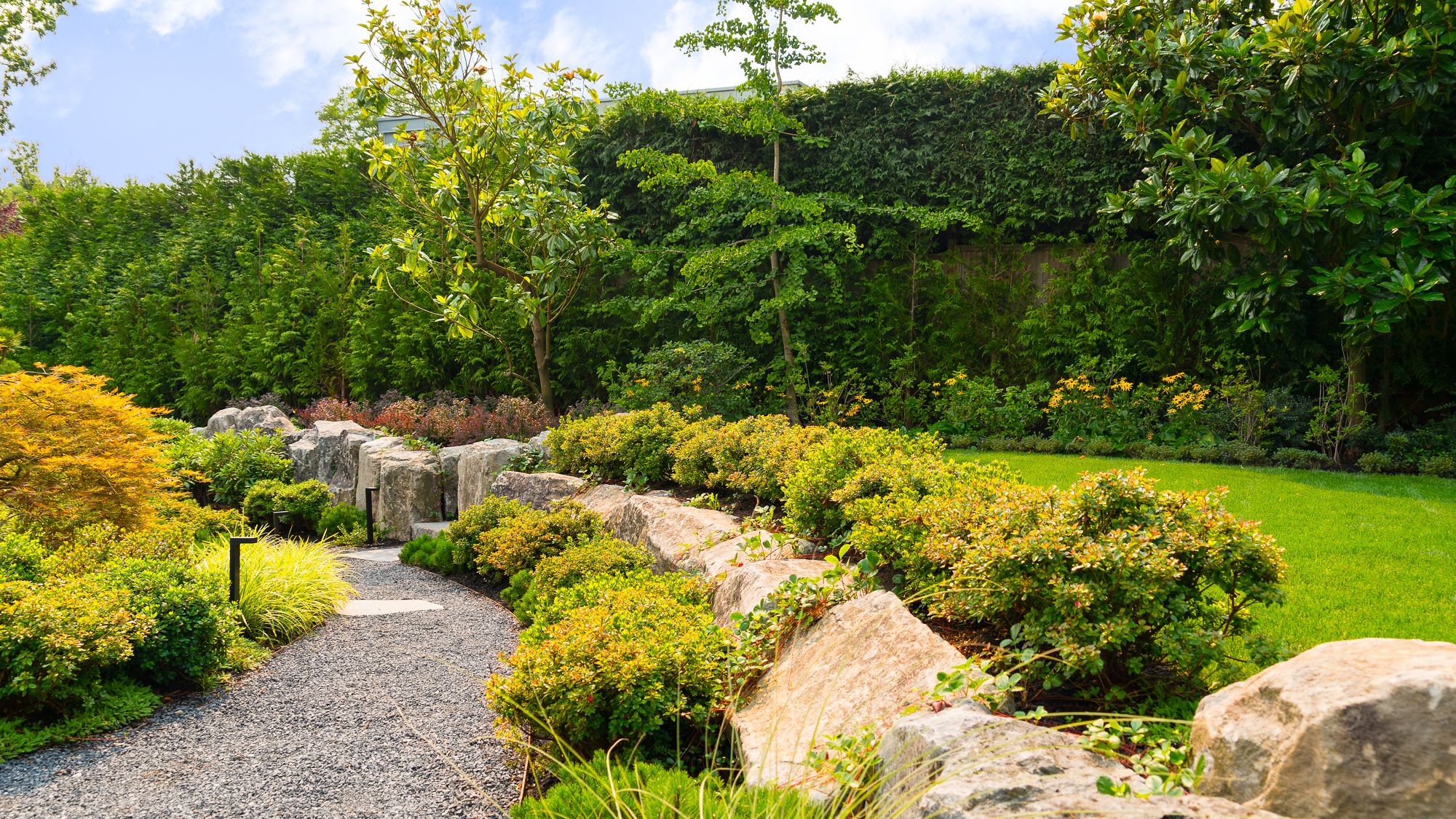
 Contact Us
Contact Us